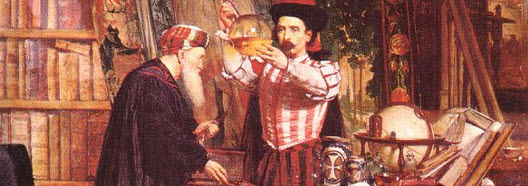Behavior of Gases and Gas Laws
The behavior of gases under different conditions was one of the first major areas of study of chemists following the end of the dark age of alchemy. This unit helps students understand gas behavior through the major gas laws.
Gas Laws: Boyle, Charles, and Gay-Lussac
Purpose: These three gas laws predict how gases will change under varying conditions of temperature, volume, and pressure. In this worksheet, students will learn the three gas laws, how to use them, and when to use them.
Essential Concepts: Gas laws, Boyle's law, Charles' Law, Gay-Lussac's law, pressure, volume, temperature.
Ideal and Combined Gas Laws
Purpose: The last two gas laws are the combined and ideal laws. The combined gas law takes each of the previous three laws (Boyle's, Charles, and Gay-Lussac's) and puts them together in a single equation. This is useful when none of the three conditions (pressure, volume, temperature) are being held constant. The ideal gas law is useful when dealing with a given amount (in moles) of a gas.
Essential concepts: Energy, heat, enthalpy, activation energy, potential energy, exothermic, endothermic.
Mythbusters - Archimedes' Steam Cannon
Purpose: In this segment of the Mythbusters, they attempt to assemble a working cannon that is powered only by steam. It is called Archimedes' Cannon, because its design is based on plans drawn up by Archimedes, the ancient Greek inventor. The cannon operates by generating pressure by converting liquid water to steam, making it a good illustration of Boyle's law.
Essential concepts: Heat, pressure, volume, gas laws, Boyle's Law, Gay-Lussac's Law.
Gas Behavior and Gas Laws Study Guide
Purpose: Once the instruction for the unit is completed, students can complete this study guide to aid in their preparation for a written test. The study guide is divided into two sections: vocabulary and short answer questions. The vocabulary words can be found scattered throughout the different instructional worksheets from this unit. The short answer questions are conceptual and meant to see if the students are able to apply what they've learned in the unit.
